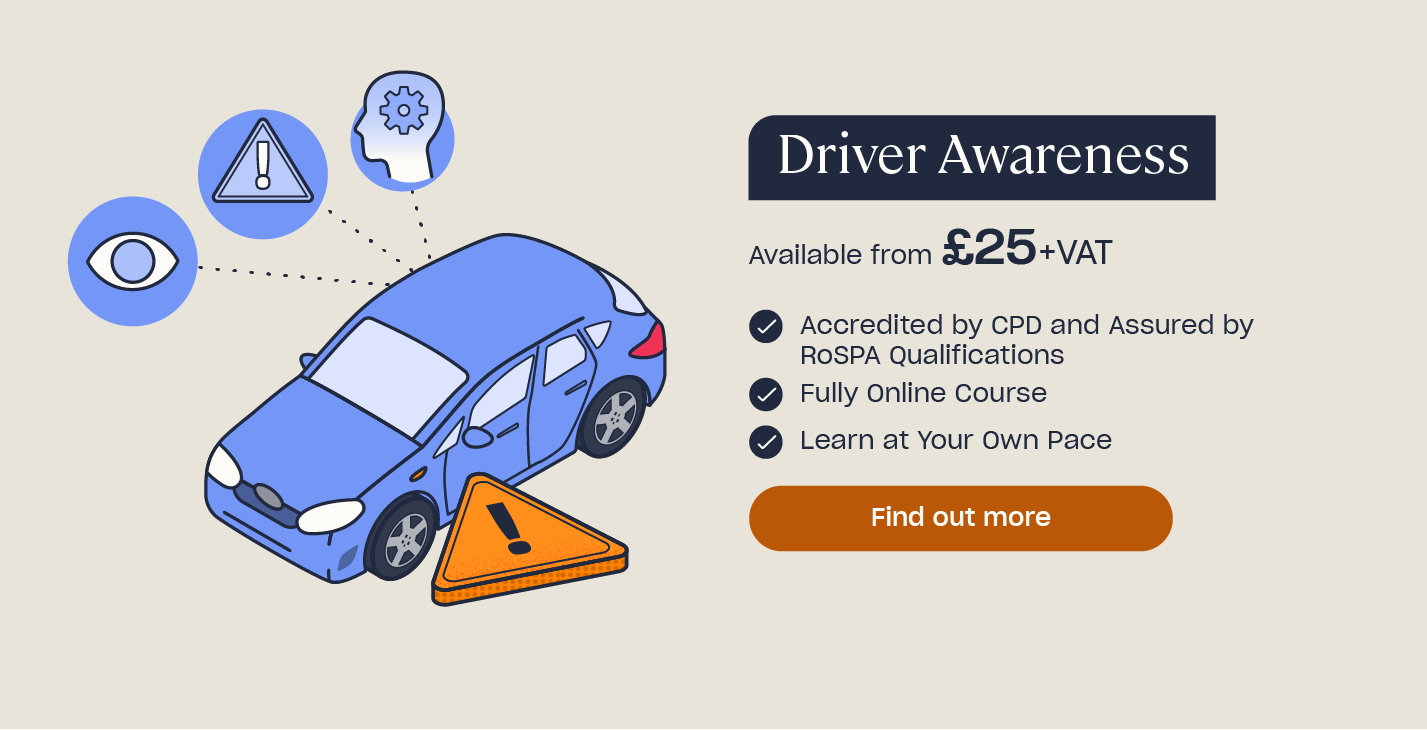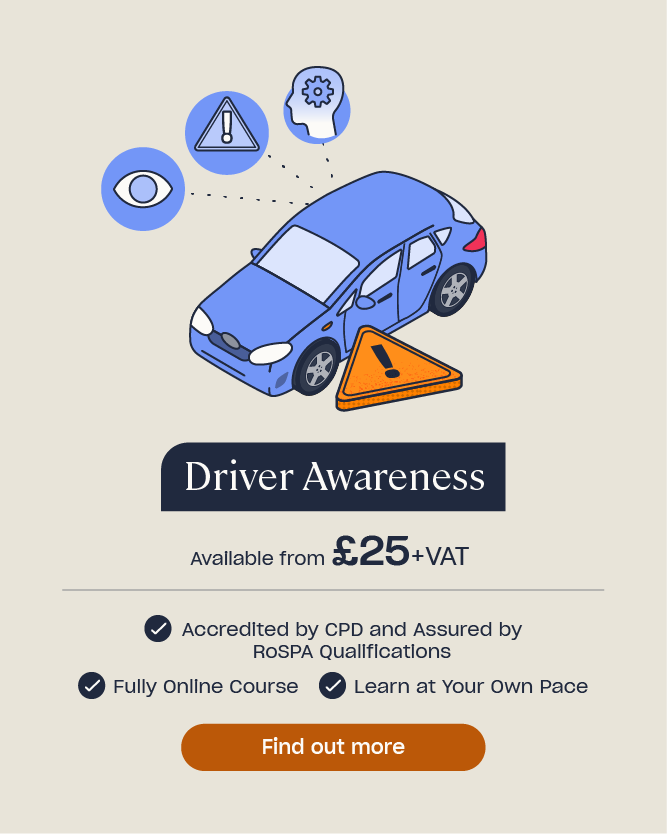What is Defensive Driving?
As a driver, whether of a car, van, lorry or bike, it’s important to be aware of the potential hazards on the road and do what you can to reduce the likelihood of an accident occurring – and this is where defensive driving techniques come in. In this article, we’ll outline what defensive driving means, why it is so important and provide you with a number of tips to help improve your safe driving technique.
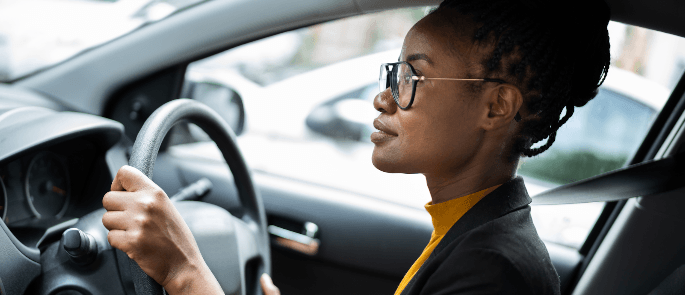
What Does Defensive Driving Mean?
Defensive driving is about being able to anticipate hazards and act accordingly to reduce the chances of an accident. Despite its name, defensive driving isn’t about driving more aggressively to ward off other road users. Rather, it means using a variety of observational techniques to keep you and everyone else safe whilst driving.
Defensive driving is all about awareness. It means being attentive to your surroundings, constantly using your mirrors to observe what other road users are doing and thinking one step ahead about any upcoming hazards in the road.

What is the Importance of Defensive Driving?
As a driver, you should always be thinking one step ahead – what potential hazards can you see, what might become a risk further along the road and what are other road users doing that might affect you? Good observation skills will help you to anticipate these dangers and respond safely and appropriately, well before an incident can occur. Observation is key to good defensive driving.
Unfortunately, you can’t rely on other road users to always act safely, which highlights the importance of defensive driving. Remember to use your mirrors effectively and regularly, as this will help you to identify the positions of other drivers, monitor your blind spots and ensure the road around you remains safe for the manoeuvres you need to make.
The following statistics show us the importance of defensive driving. Did you know that, in the UK:
- Someone is killed or seriously injured on the roads every 16 minutes.
- The majority of road collisions involve at least one car.
- Between 2016 and 2021, over 100 motorbike riders were seriously injured every single week, two thirds of which were on rural roads.
- For bikes, pedestrians and motorbikes, the most commonly cited reason behind a collision is always ‘Driver/rider/pedestrian failed to look properly’.
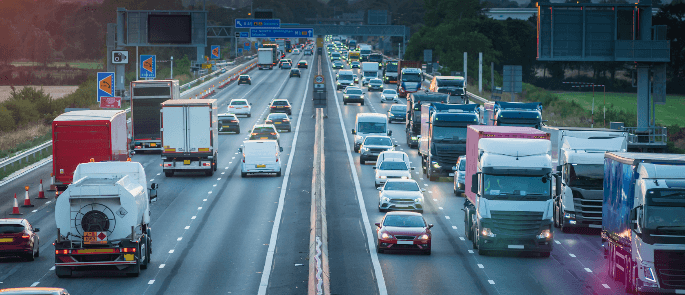
Alongside improving safety, defensive driving practices have other benefits, too. Not only do they help to keep you and other road users safe from incidents, but they can also contribute towards lower fuel consumption, better vehicle performance and reduced vehicle costs. This is because defensive driving techniques, by their nature, cause you to drive more carefully, smoothly and consistently.
Want to Learn More?
Our Driver Awareness course teaches you about the dangers associated with driving, helping you become better at anticipating and negotiating driving risks and distractions to make the road safer for you and other road users.
Defensive Driving Tips and Techniques
Defensive driving is important for everyone, whether you drive for work or leisure and no matter the type of vehicle you own. Listed below are our top 10 defensive driving tips to help you see where you can improve your safe driving skills:
1. Maintain a safe distance – always leave enough distance between you and the car in front to give yourself time to react if they suddenly brake. A gap also gives you a better view of the road ahead, so you can look for upcoming hazards. The Highway Code says to allow at least a two-second gap between you and the vehicle in front.
2. Know your reaction times – your ability to react quickly is essential to defensive driving. Note that your overall stopping distance includes both thinking time – when you spot a hazard and realise you need to react – and braking time. On average, at 30 mph your stopping distance is the equivalent to six car lengths (23m or 75 feet), whilst at 60 mph your stopping distance is a huge 18 car lengths (73m or 240 feet).
3. Be aware of your speed – if you’re driving too far below the speed limit (without good reason) then you risk being a hazard to other road users who may not perceive how slowly you’re driving as they approach behind you. If you are driving above the speed limit, think carefully about why you are doing so and aim to change your attitude towards driving – always think safety, not speed.
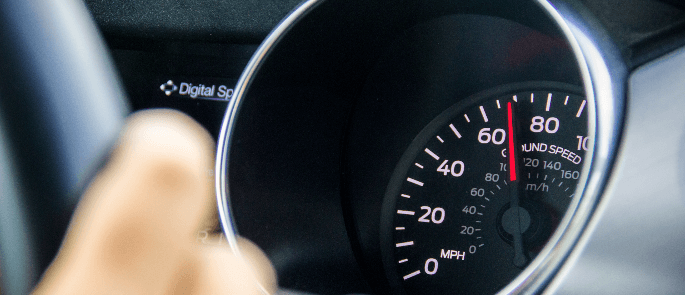
4. Mirror, Signal, Manoeuvre (MSM) – this technique should be used every time you intend to change your position on the road. Check your mirrors (M) to note the speed and position of traffic around you, signal (S) to warn other road users of your intended movement and then manoeuvre (M) when it’s safe to do so.
5. Prepare, Observe and Move (POM) – this safe driving technique should be used whenever you set off from a stationary position, such as when parked or when stopped at a junction or traffic lights. Prepare (P) to move away when the road is clear, observe (O) other road users around you, then move (M) away when it’s safe to do so.
6. Mirror, Signal, Position, Speed and Look (MSPSL) – this driving technique should be used whenever you approach a junction, roundabout or traffic light. First check your mirrors (M) for other road users, then signal (S) using your indicators to make them aware of your plans. Position (P) your vehicle ready to move, maintain an appropriate speed (S) and look (L) around you for potential hazards.
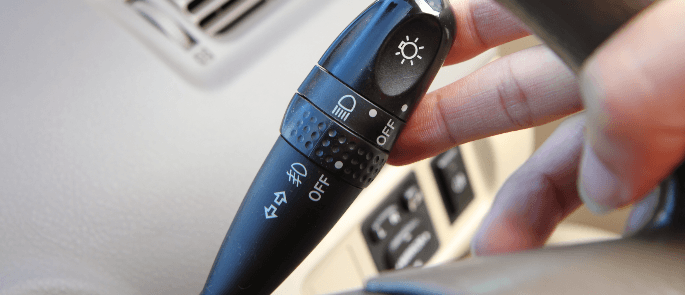
7. Adapt to the weather conditions – if there is a chance of severe weather on your journey, then you’ll need to take extra precautions to protect yourself and other road users. For example, slow down in wet weather as roads can be slippery, only drive in snow and ice if it’s necessary and be aware that ice can increase your stopping distance by ten times, and remember to use your fog lights if visibility is low.
8. Check your attitude – it’s unsafe to drive when tired or emotional, so check how you feel before setting off on a road journey. To help manage tiredness, you should take a break of 15 minutes every two hours and avoid long journeys between midnight and 6am, as this is when you are the least alert. If you’re feeling frustrated, angry, upset or distracted, good defensive driving practice would be to pull over and rest until you feel you can give the road your full attention.
9. Understand the Hierarchy of Road Users – the Highway Code’s Hierarchy of Road Users demonstrates who is most at risk on the road and who has most responsibility for reducing those risks. Those at the top of the hierarchy are most at risk; pedestrians, cyclists, horse riders and motorcyclists. Those at the bottom of the hierarchy are least at risk but who could cause the greatest harm to others, so therefore have more responsibility to drive safely. These are cars, vans, minibuses and drivers of large goods and passenger vehicles.
10. The Dutch Reach – the Dutch Reach is encouraged by the Highway Code as it increases other road users’ safety when you’re getting out of your vehicle. To perform the Dutch Reach, you must open your car door with the hand furthest from the door. So if you are in the driver’s seat on the right side of the car, you should open the door with your left hand. This defensive driving technique makes you naturally turn your head and look over your shoulder as you reach across, prompting you to check for passing road users before opening the door.
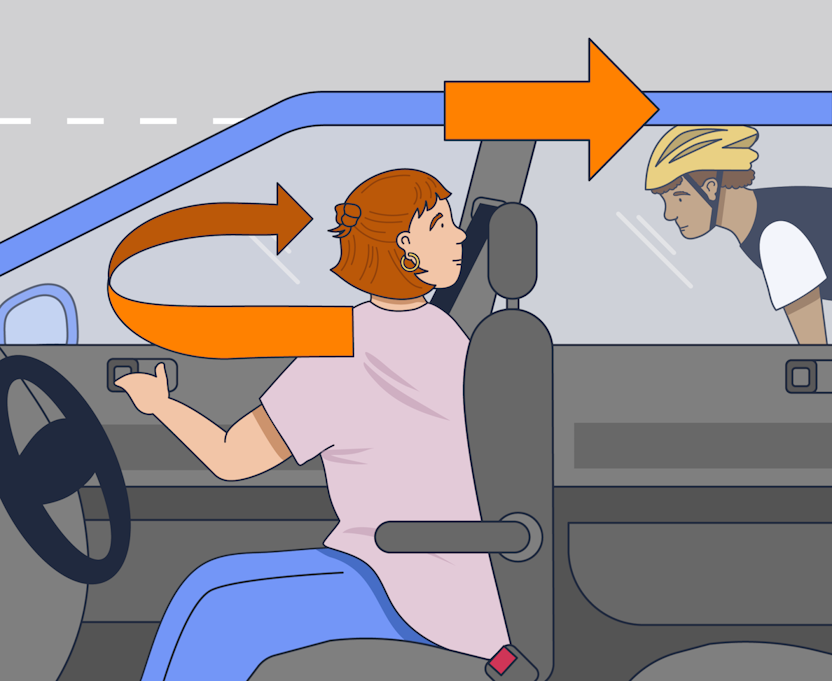
This article has helped you recognise the importance of defensive driving and given you tips and techniques to help improve your safe driving skills. We hope that you’ve found the article useful, whether you drive for work or simply want to brush up on your defensive driving knowledge.
Further Resources:
- Driver Awareness Course
- Driving Safety Tips for Employees
- A Guide to the Most Common Workplace Hazards
